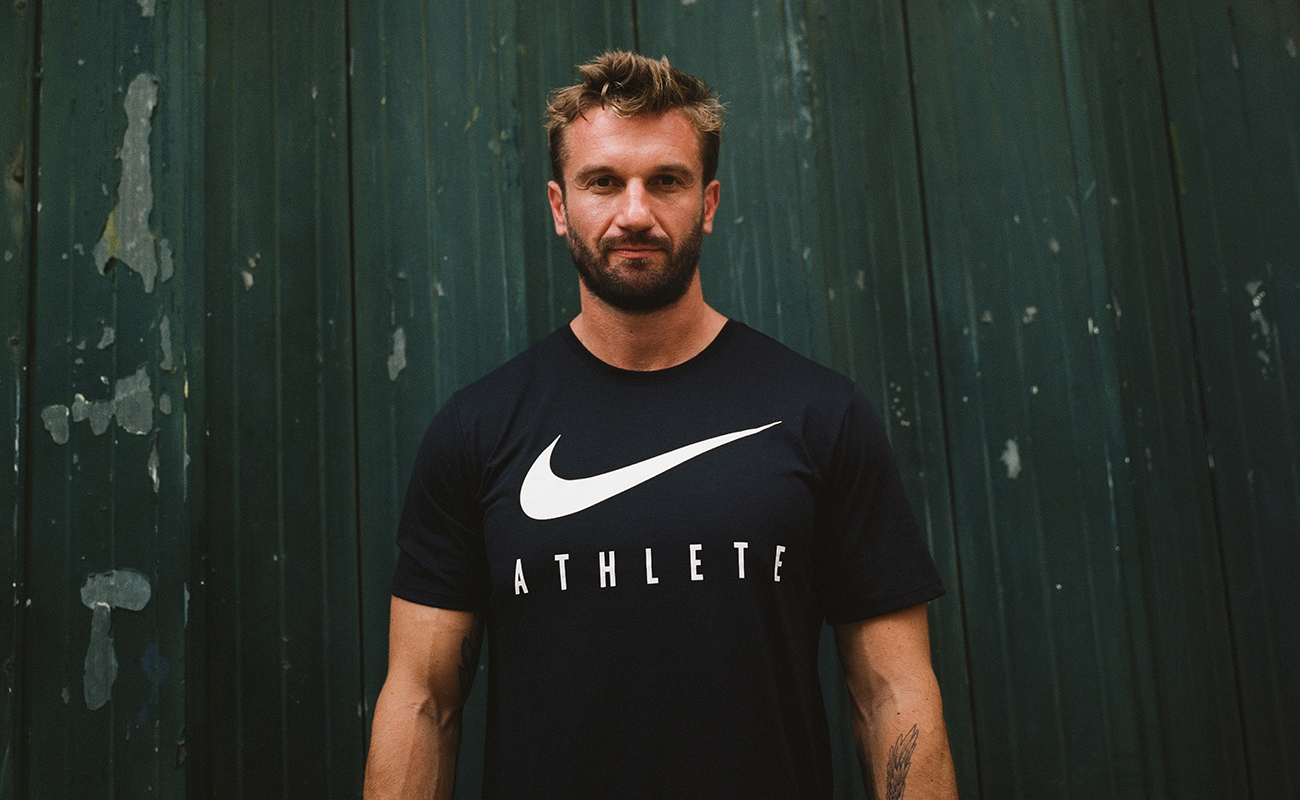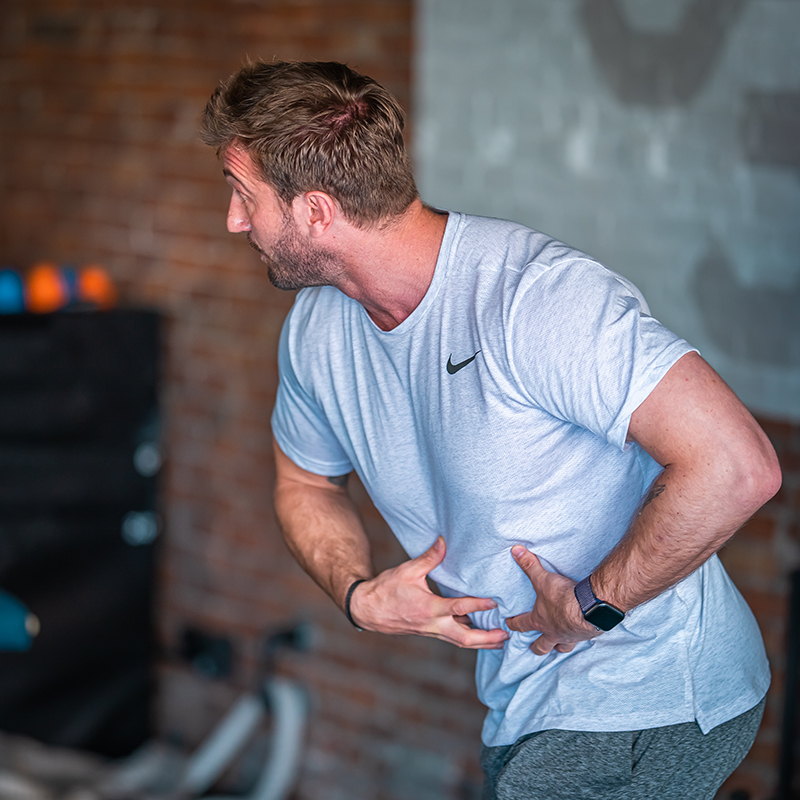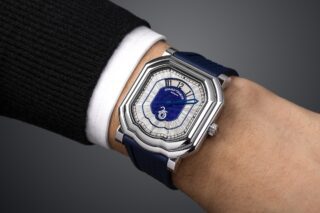This website uses cookies so that we can provide you with the best user experience possible. Cookie information is stored in your browser and performs functions such as recognising you when you return to our website and helping our team to understand which sections of the website you find most interesting and useful.
Personal trainer Luke Worthington says there’s more to mindful fitness than seasonal fads
By Luke Worthington | 8 January 2020 | Sport
The former rugby star say fitness experts must treat the body holistically for better performance

When it comes to fitness, personal trainer and former rugby star Luke Worthington says there’s more than mindfulness to keep in mind. Here, he tells us why experts should treat body and being as a whole…
Mindfulness is a bit of a buzzword at the moment. While it’s a positive trend in many ways, it’s essentially talking about paying a bit of attention to our emotional wellbeing as a standalone thing. In fact, the psychological benefits of fitness aren’t something you can separate from the rest of your body: it’s all connected.
I completed my biomechanics degree while I was a professional premiership rugby league player. I became a full-time fitness coach at 24, and that’s when I really began in earnest to educate myself about human movement to become the UK’s first postural restoration science expert.
Postural restoration is about developing how the body performs and moves as a whole. It’s about treating the neurological, respiratory, circulatory, and muscular systems holistically in order to improve rehabilitation and performance.
It all hinges on understanding how particular techniques influence your nervous system, which in turn influences your emotional state and permits techniques have a huge impact on human performance, whether that’s injury rehab or general fitness and wellbeing. As practitioners we combine breathing techniques and the positioning of your spine to mechanically stimulate your sympathetic nervous system – conscious responses like ‘fight or flight’ – or the parasympathetic, which includes subconscious and automatic functions; the ‘rest and digest’.
Understanding how these different mechanics work together can achieve spectacular changes in the body. I first became interested in combining neurological and physical methods watching Major League Baseball athletes train in Boston. Athletes who were trained at the local facility were completely dominating the sport – not because they were better players, but because they were reducing their injury count and therefore available to play for more of the season. I saw the integration of postural restoration breathing drills with high-level strength and conditioning, and was able to observe almost instantaneous improvements in their movement and performance. >>

Just like stretching in the morning to wake ourselves up stimulates our system, there are thousands of little connections between our nervous system and bodies that, if you understand how they work, can have a positive effect on training and allow better healing.
I soon realised that, in the fitness world, we tend to each look at people through the lens of our own specialism. But actually we should be looking at the body as a single, connected system. Although my initial client base was made up of elite athletes (I’ve had world champions in very different sports as well as numerous premier league football and rugby players), it has now also crossed over to the worlds of entertainment and fashion and I’m integrating these same principles into training the likes of actor Forest Whitaker and models Winnie Harlow and Sabrina Dhowre Elba. They may have very different training goals, but their bodies are connected up the same way.
Working with elite athletes, we’re not necessarily changing their overall training volume – which can be a real problem to an athlete who is already training at their capacity – but instead adding low- load, low-impact techniques into the day. I introduce breathing techniques into their training as well as into their rest periods between sets. We can dial up their nervous systems – and make them very strong and focused – or dial it down to promote destressing the body, for better rest or recovery. These techniques are not physically demanding, but they are technically very difficult to perform and, crucially, have the biggest impact when incorporated into training.
For example, if someone is getting chronic knee issues on one side, we need to look at the origin and impact of the injury, how they’re performing exercises, but also what else could be affecting the injury – such as their job and even their sleep patterns. When I work with rehabilitation clients, I often find that people chase injuries around their body. An ankle injury might seem to have been dealt with, but it can soon become a sore knee or back.
This is where I feel experts are missing the boat. The fitness industry is booming, but I think it has become too fragmented. Over the past few years I think specialists have deviated from each other to a huge degree – physiotherapists compete with massage therapists, strength coaches are working against personal trainers or fitness instructors… but the truth is that we’re all trying to do the same thing: make people better. We need to look at the body more holistically.
At Nike, I work with a team of 10, all of whom are experts in different areas. We have exercise specialists, yoga teachers, dance teachers and football experts. What we’re trying to do is set the example of how to work with each other, learn from each other and integrate between disciplines. My hope is that we can begin to reintegrate all the different disciplines and work together on improving fitness in the UK, rather than chasing trends.







